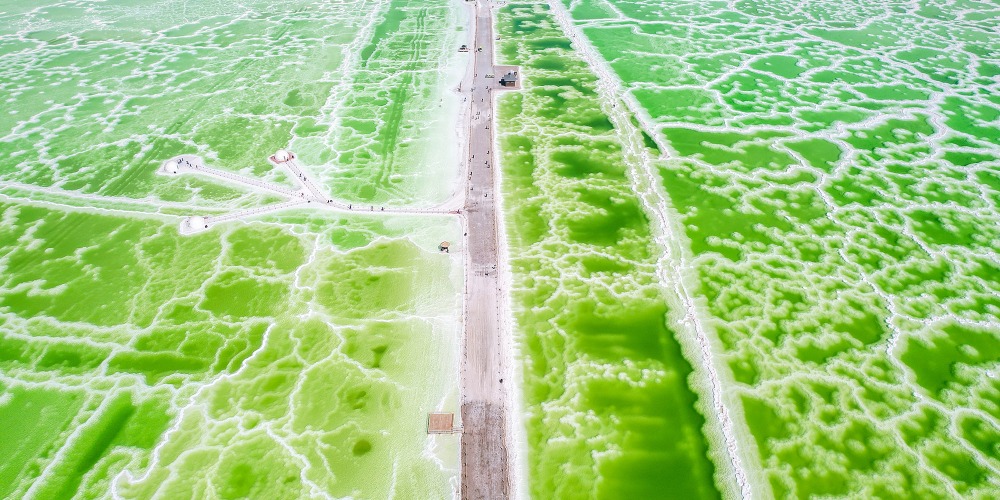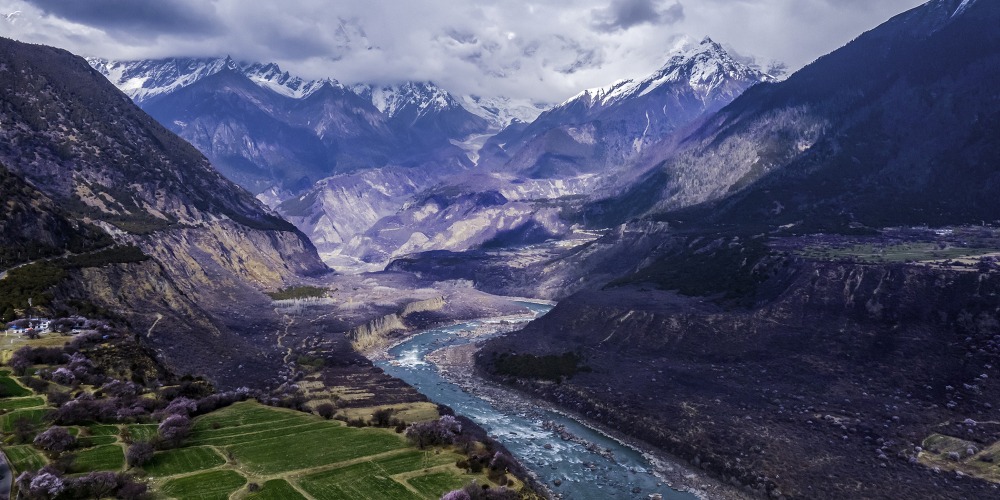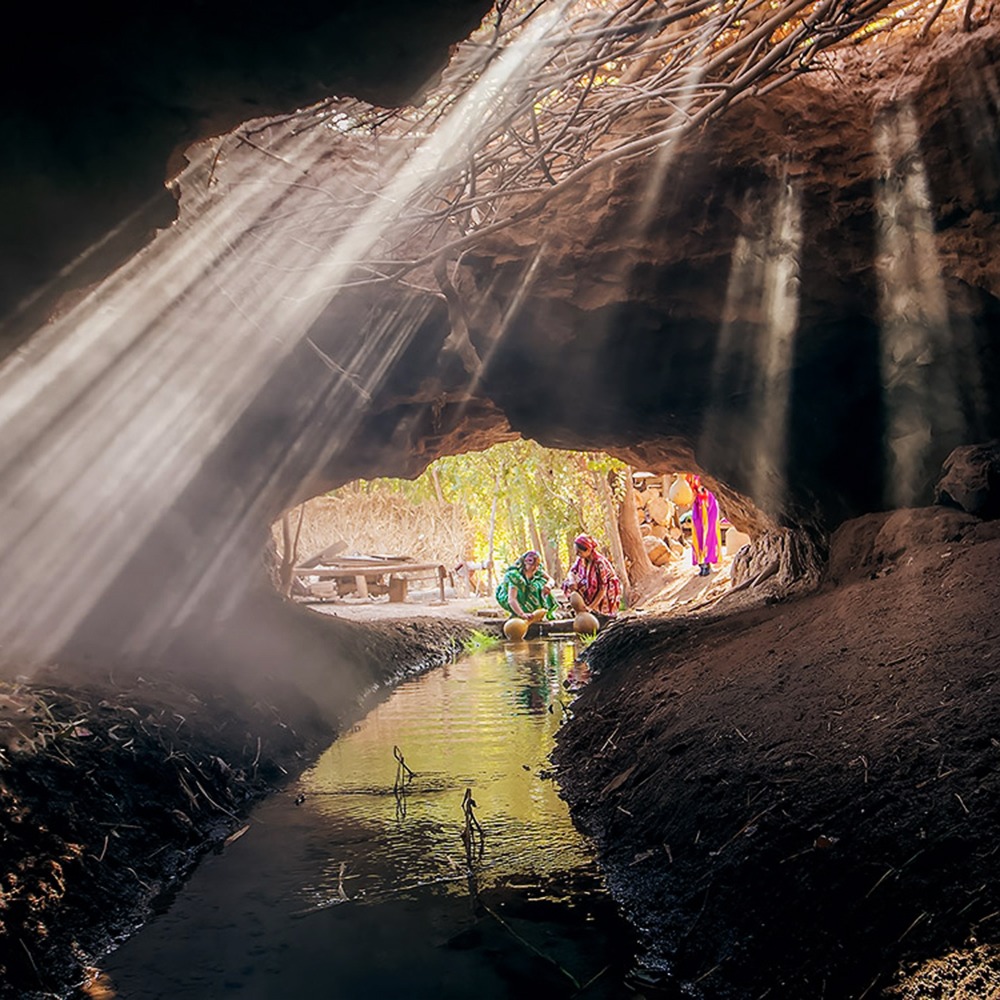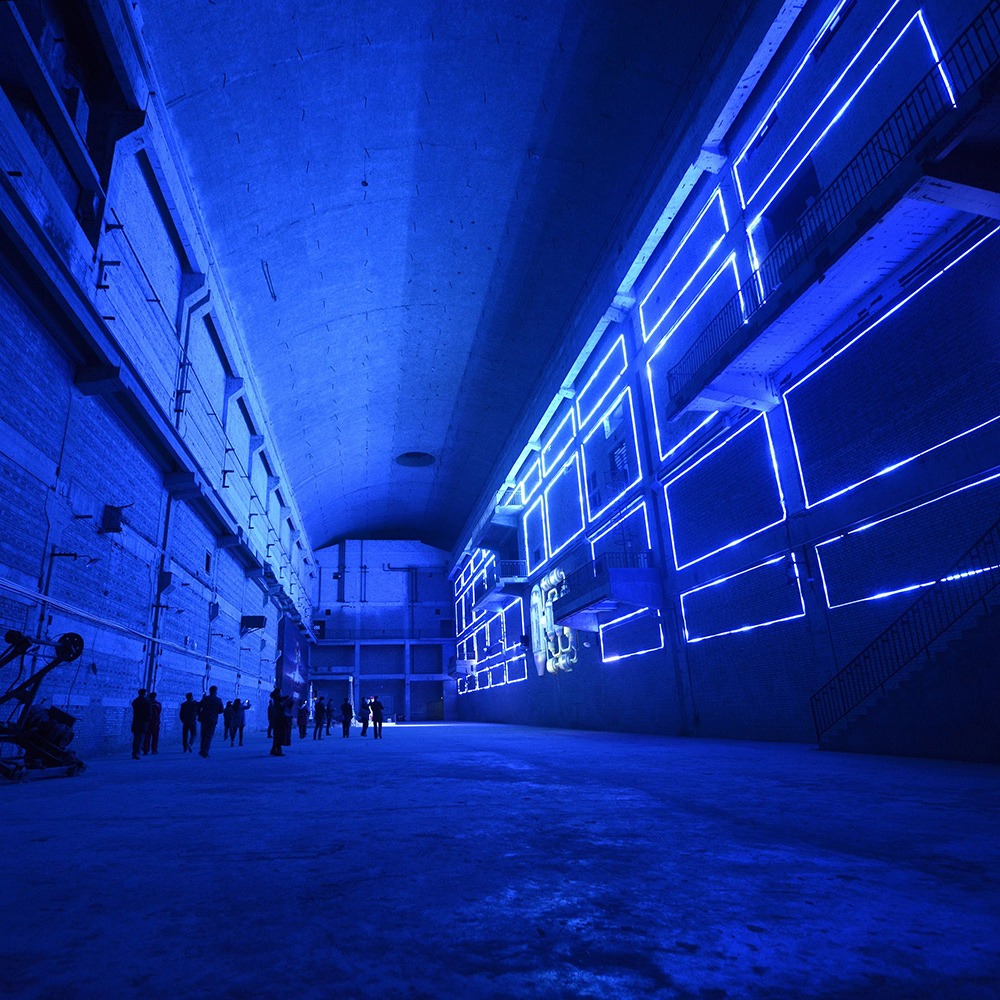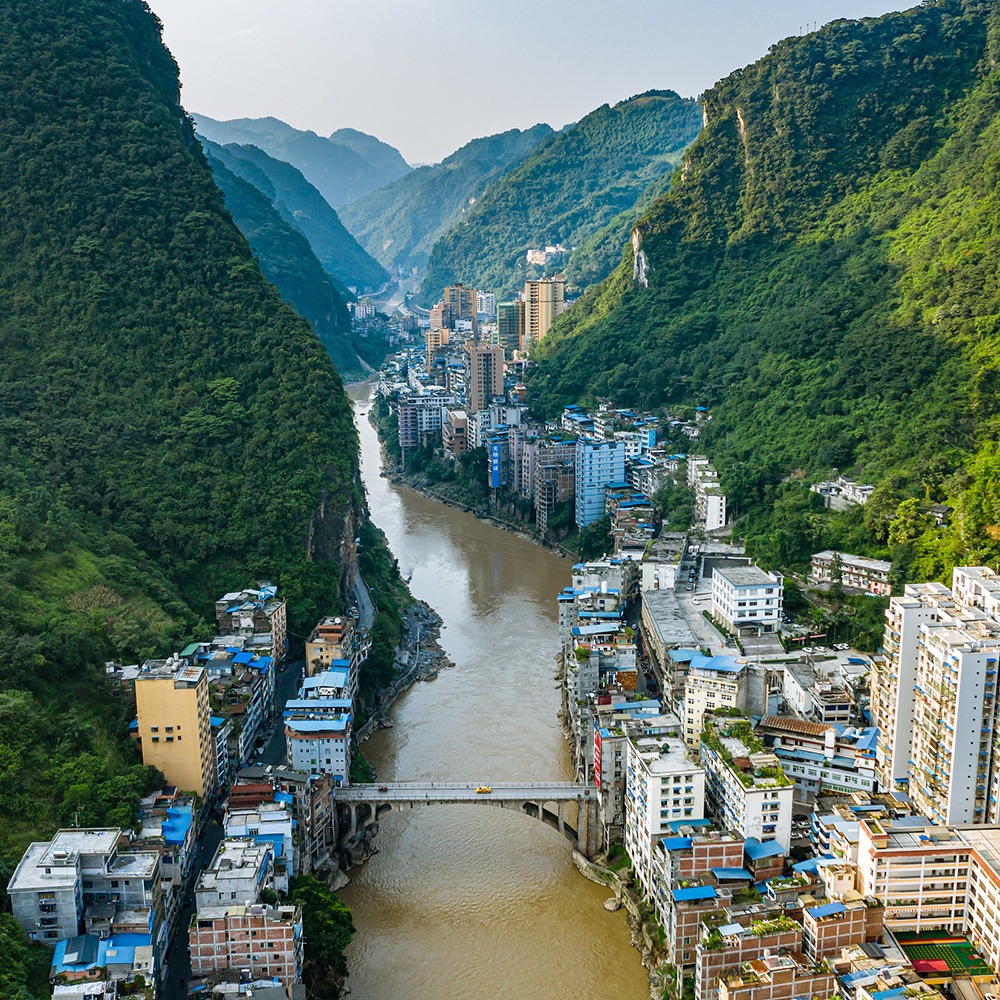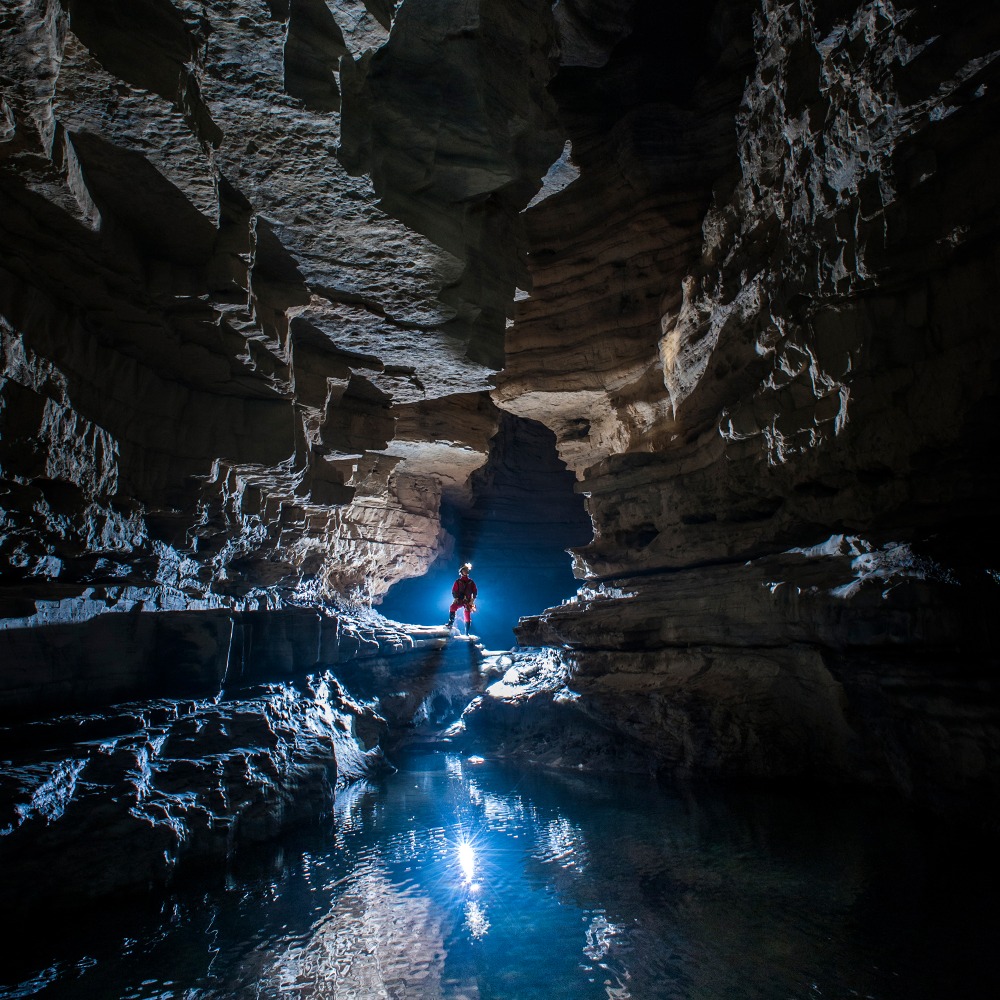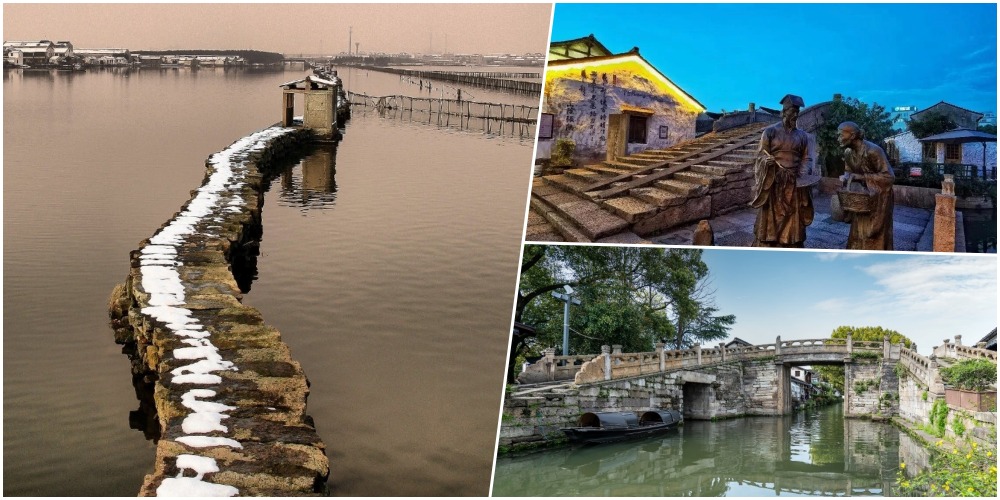Published : 2023-09-22
Located in western China, Qinghai Province is a major salt-producing province in China, with more than 150 salt lakes and 85% of China's lake salt reserves.
The largest salt lake in China - Chaerhan Salt Lake (察爾汗鹽湖), is located in Qinghai, with more than 60 billion tonnes of salt reserves. If all of it were to be excavated, it could feed all of humanity for more than 1,000 years.
Chaerhan Lake: 60 billion tonnes of salt recerves
Located in Qinghai's Qaidam Basin, the Chaerhan Salt Lake has a total area of 5,856 square kilometres and reserves of 60 billion tonnes of various salt resources, making it the largest salt lake in China and the second largest in the world.
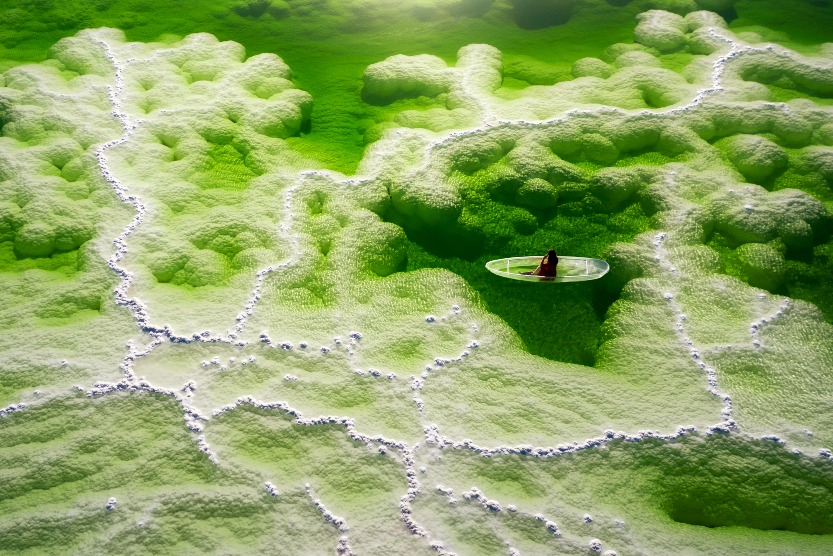
What is the concept of 60 billion tonnes? If it were all extracted, it would be enough to feed 7 billion people around the world for 1,000 years.
If it was used to build a road 80 centimetres wide and 60 centimetres thick, it could reach the moon. "Chaerhan" means "World of Salt" in Mongolian, which is quite fitting.
As the largest soluble potassium and magnesium salt deposit in China, Chaerhan Salt Lake has the largest reserves of potassium, magnesium, lithium and sodium in the country, which can be used to produce edible salt, industrial salt, pharmaceuticals and other salt products.
Moreover, it also contains boron, chlorine, bromine, iodine, rubidium, and caesium, among many other elements, with a potential economic value of up to several trillion CNY.
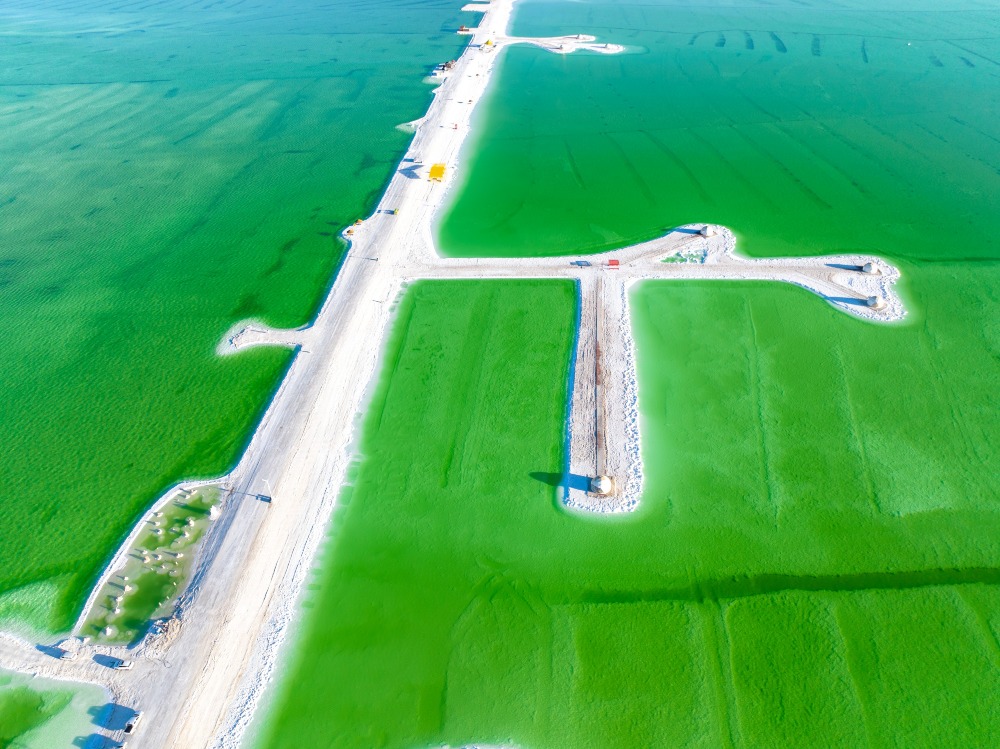
Apart from producing salt products, Charkhan Salt Lake is also China's largest potassium fertilizer production base, with an annual output of 8 million tonnes, contributing to over 85% of the country's total production.
Potassium fertilizer, is one of the three basic fertilizers for agriculture and is intrinsically linked to national food security.
How did Lake Chaerhan form?
The huge salt lake was formed hundreds of millions of years ago. As the earth's crust moved, transforming the sea into the Qinghai-Xizang Plateau, leaving behind lakes of various sizes.
The saltier elements gathered in these lakes, forming high-concentration brine, which gradually crystallized into salt under the influence of arid leachate, leading to the formation of Lake Chaerhan as we see it today.
Although the salt lake has existed for a long time, it was only discovered as a mineral deposit in the 1950s.
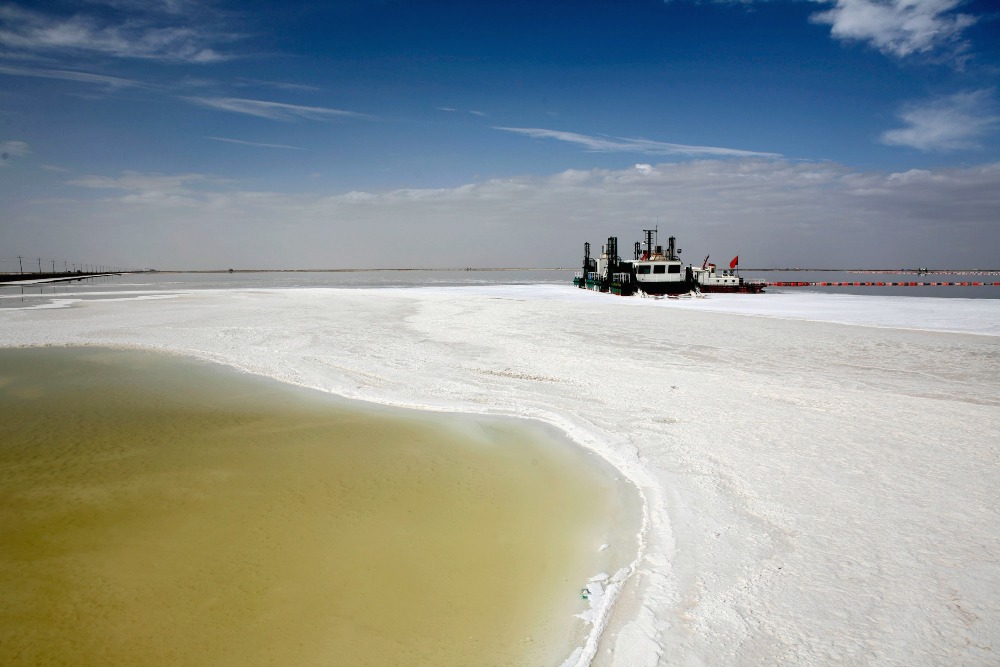
Workers constructing roads here found the lake water to be bitter. After testing, they discovered the water contained potassium chloride, prompting the government to pay attention to it.
In 1955, the Northwest Geological Bureau launched the first exploration of the Salt Lake. Three years later, in July, workers from the Salt Bureau of Qinghai Province and the Chaka Salt Farm worked tirelessly for 10 days and nights in the salt lake to produce 5 kilograms of potassium fertilizer, setting off the initial stage of Chaerhan's development.
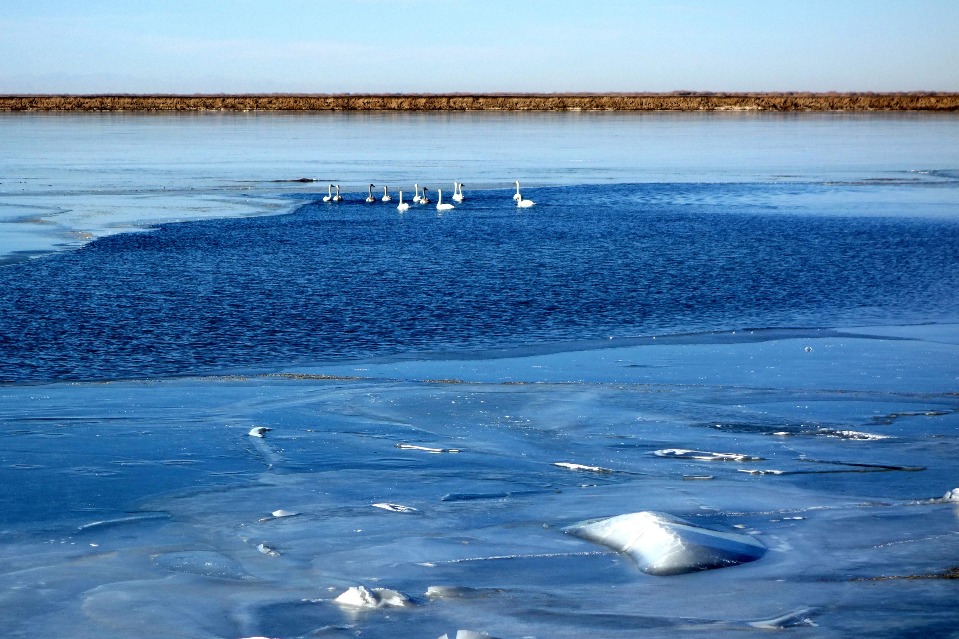
Entering the 21st century, Qinghai's Salt Lake industry developed rapidly, establishing a diversified development pattern of the salt lake chemical industry with five industrial clusters, namely potassium salt, magnesium salt, lithium salt, sodium salt, and chlor-alkali.
Salt products have expanded from the early single product of potassium chloride to more than 20 types.
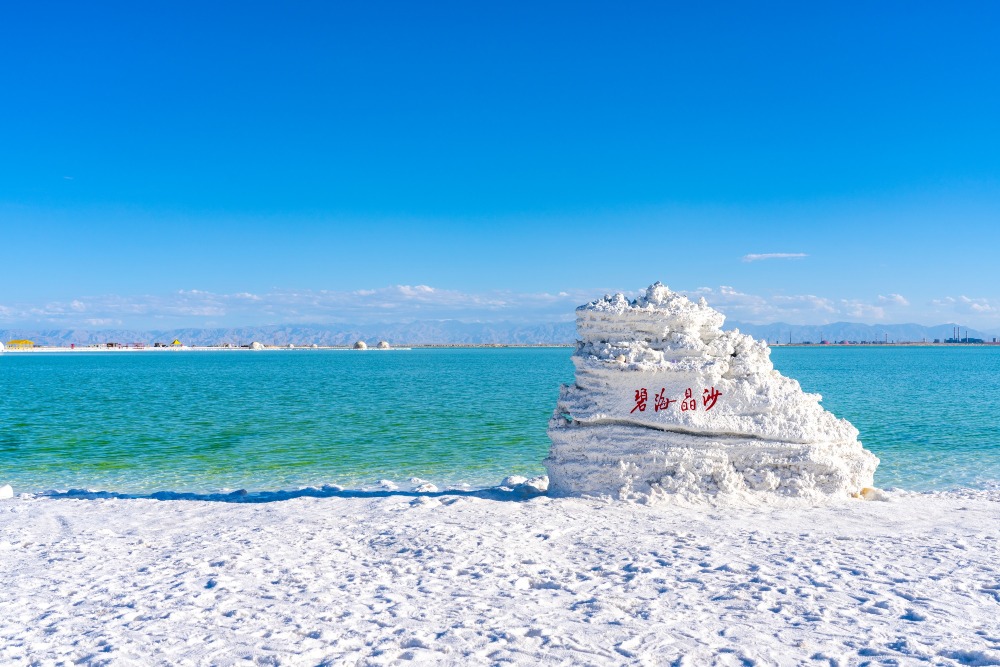
At the same time, Chaerhan Salt Lake has become a major hotspot for eco-tourism in Qinghai.
The area has been rated as a national 4A scenic area, with nearly 10,000 visitors on a single day in peak seasons.
Read more: Is there a need for a salt rush? How are China's salt reserves?
